Table of Contents (click to expand)
There are three ways that mammals give birth. The processes depend on the basis of whether the mammal is a monotreme, marsupial or placental creature.
What do blue whales, kangaroos, and humans have in common? This question may sound crazy, but it’s actually quite fascinating? Blue Whales, kangaroos, and humans are all mammals, so scientifically, they are categorized in the class Mammalia, which is the highest class of zoological classification based on advanced body characteristics. Although they’re placed in the same class, there are some distinct ways in which they differ from one another.
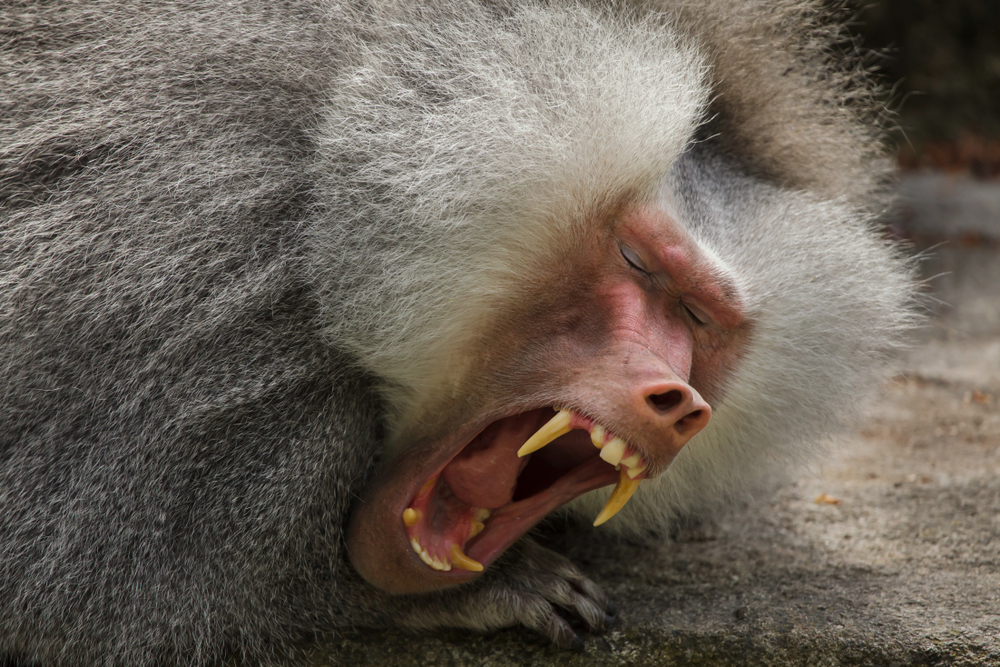
In terms of habitat, blue whales live in water, kangaroos dwell in forests, and humans live in settlements. However, there’s one more thing that separates them in terms of physiology—the manner in which they give birth. There are three ways that mammals give birth, namely laying eggs, birthing at an early stage of development, and birthing fully developed offspring. How that happens and which animals give birth in which ways will be further outlined in the sections below.
What Are Mammals?
Mammals are warm-blooded vertebrates with bodies that are covered in hair. A majority of these mammals give birth to young ones. However, the stage of development of their offspring varies from each group of mammals to another. For instance, marsupial mammals give birth to their babies at a relatively early stage of development. The remainder of the development takes place outside the womb of the mother marsupial.
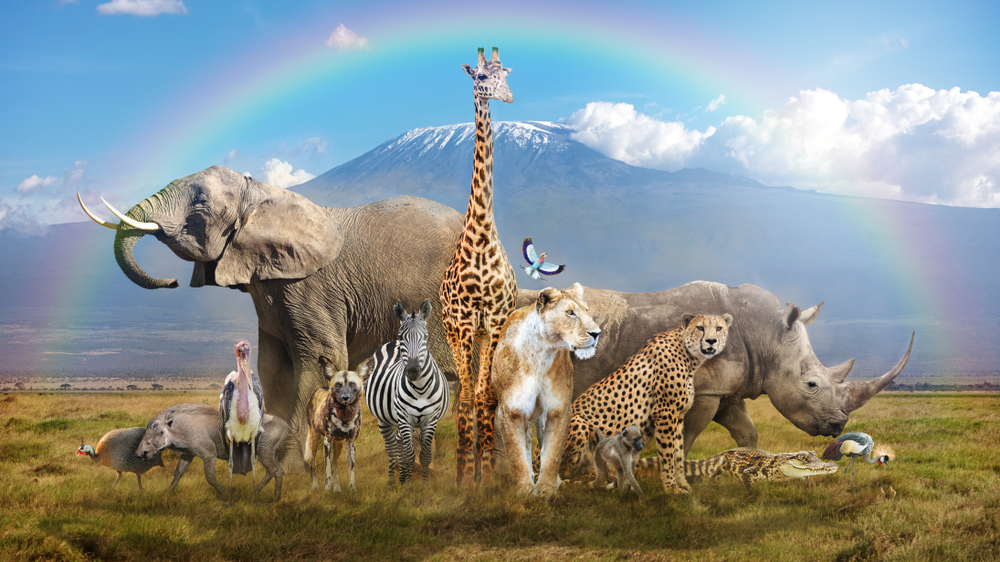
On the other hand, placental mammals give birth to a fully developed offspring. The entire process of development takes place inside the mother’s womb, and a baby with fully functional systems is then pushed out from the body of the female. The final way in which mammals give birth is by laying eggs. As quirky as this sounds, the type of animals that lay eggs are very different from other mammals in a variety of ways! So, let’s get to know all of these mammal varieties a bit better!
How Do Placental Mammals Give Birth?
Class Mammalia is comprised primarily of placental animals. The placenta is an organ that develops in a pregnant mammal and connects the developing fetus to the wall of the uterus. This structure provides oxygen and nourishment to the growing baby, while also removing waste products from its blood. The young one develops inside the womb of the mother and can take up to an entire year to be born.
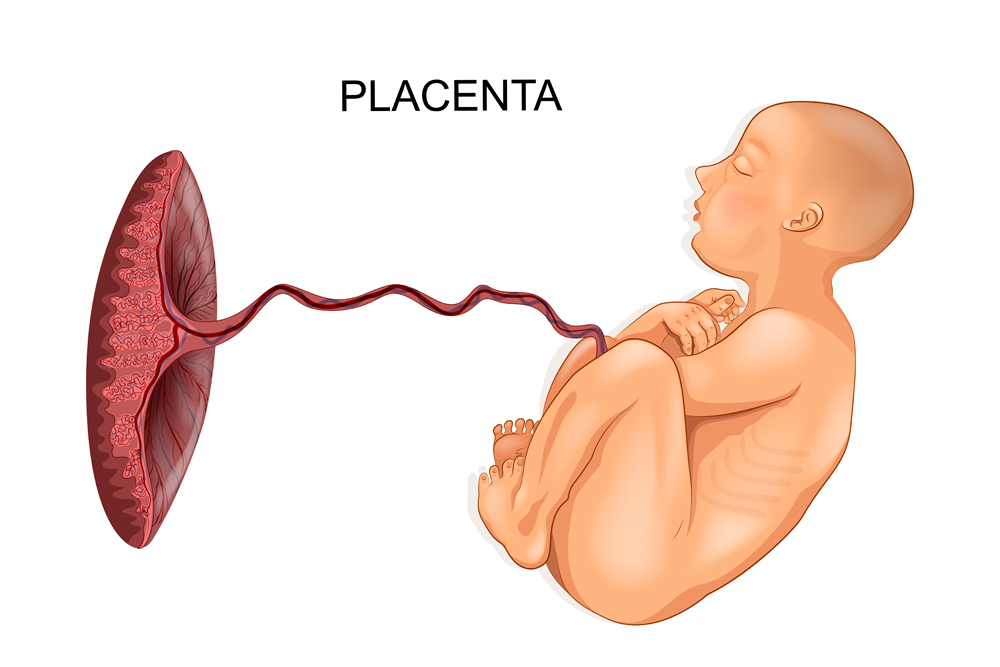
The time span in which the fetus is inside the womb is called the gestation period. For humans, this period is nine months, whereas for blue whales, it can be as long as twelve months. At the end of the gestation period, the brain sends signals to the uterine wall, the rhythmic contractions of which result in the expulsion of the baby from the body of the female. This process is called parturition.
Also Read: Should Pregnancy Be Longer Than 9 Months?
How Do Marsupials Give Birth?
Marsupials are also known as pouched mammals because the baby is carried and nurtured in a pouch on the mother’s belly. A majority of marsupials reside in Australasia and America, and are endemic to these regions. The feature that separates marsupials from placental mammals is that marsupials do not have long gestation periods. Marsupial babies, also known as joeys, are incompletely developed at the time of their birth.
As soon as a joey is pushed out of its mother’s birth canal, it slides into the pouch. Here, it attaches itself to the female’s teats and suckles to derive nutrition. Quolls, a type of carnivorous marsupial, weigh only 18 milligrams when it’s born. It stays in its mother’s pouch for almost eight weeks and suckles on the mother’s teats for milk. The image of a mother kangaroo carrying a joey in its pouch is typical when one imagines the wildlife of Australia.
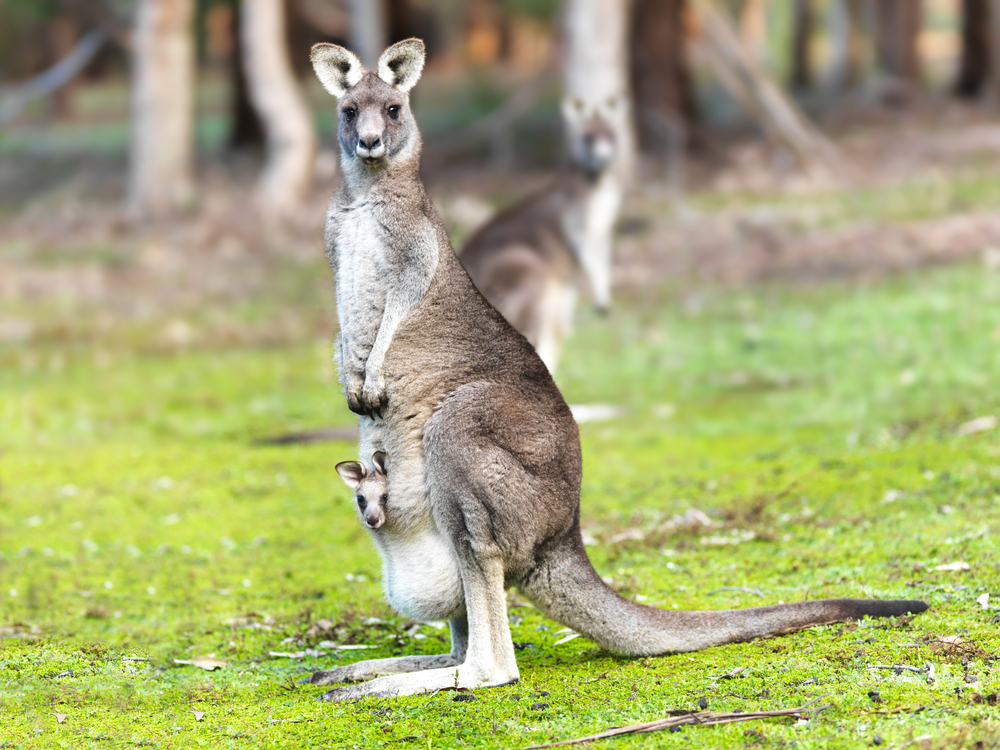
However, the literal meaning of the term mammals is ‘of the mammary glands’ or breasts. Interestingly, this is a misnomer, as not all female mammals have well-defined breasts. Even in marsupials, the joey suckles on tiny nipple-like projections, but breasts are generally absent.
Also Read: How Did Kangaroos Get Their Pouches?
How Do Monotremes Give Birth?
Monotremes are perhaps the odd ones out of the mammalian lot. They don’t give birth at all, but instead lay eggs from the same opening where they eliminate waste from their bodies. Monotremes are much fewer in number, with only five species present on the planet. These include the four species of echidna and the duck-billed platypus. There are other reasons why we classify these animals as mammals, such as the presence of hair, the presence of lungs, and the fact that they are warm-blooded, among others.
For instance, a female echidna lays eggs into a pouch of skin on her stomach. She then cares for them by carrying them until they hatch. There are, however, no nipples or breasts in these mammals. Therefore, in echidnas, pores on the skin release milk. The offspring suckle on these pores until it becomes fully capable of finding prey for itself.
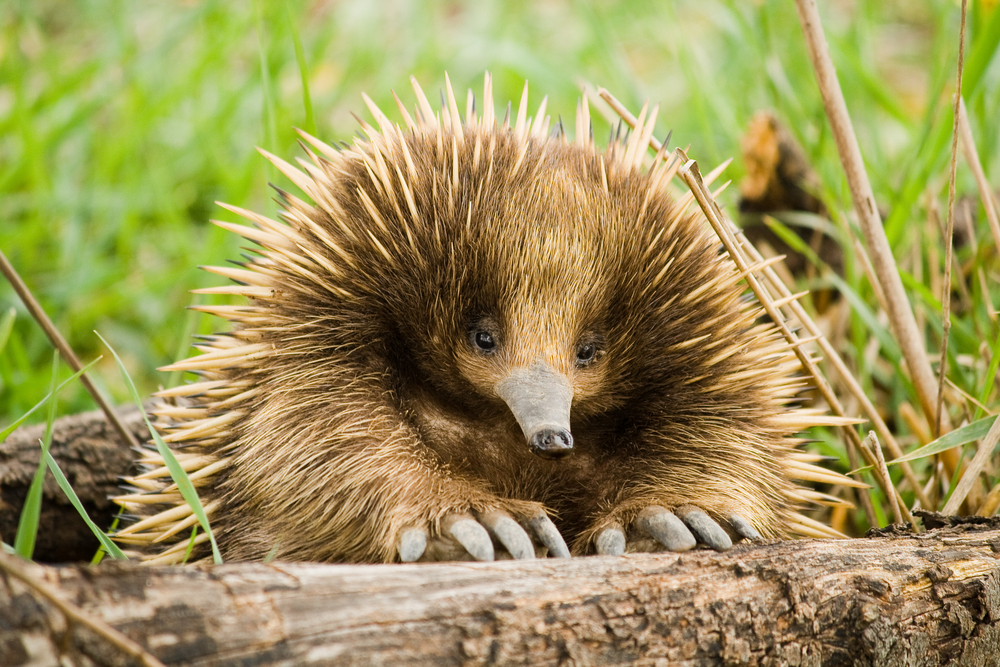
On the basis of evolution, all three categories of mammals are closely related to each other. They have used these varied methods to perpetuate their types and form the wide breadth of mammal diversity that we see today. Mammals may look incredibly different, from blue whales to human beings, but it is the characteristics that we share that matter most!
Also Read: Sea Snakes Can’t Lay Eggs, So How Do They Have Babies?
How well do you understand the article above!

